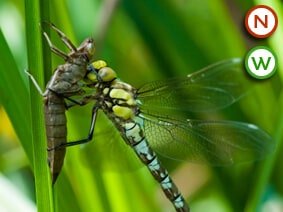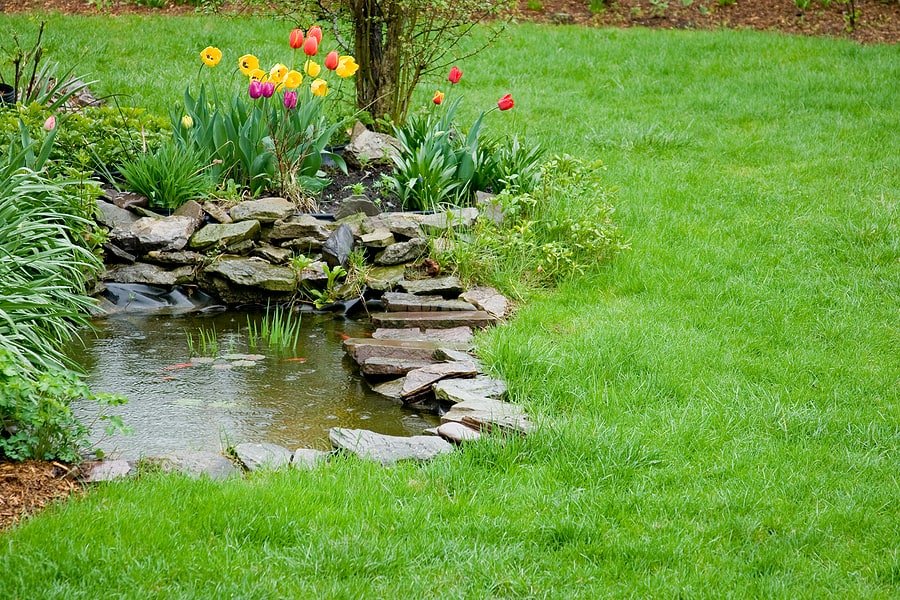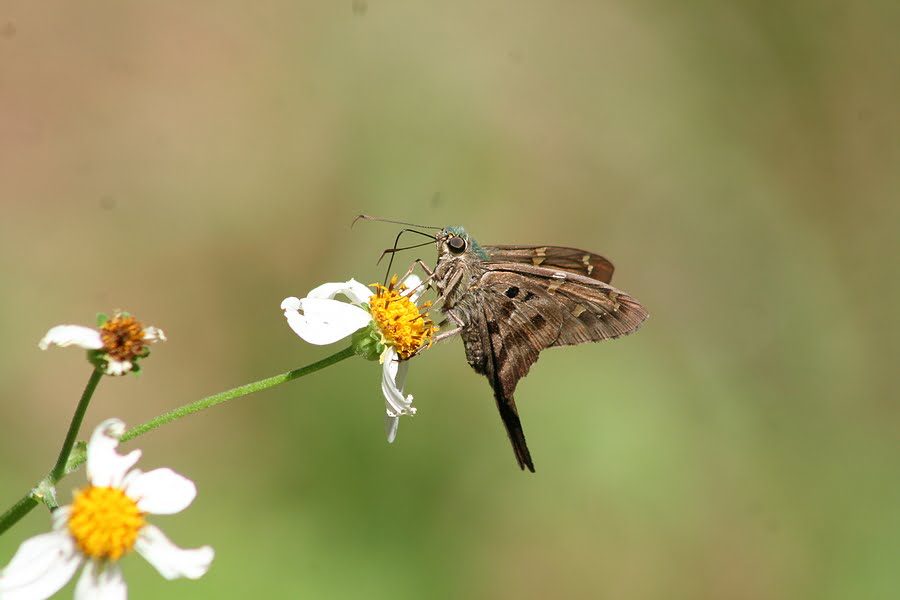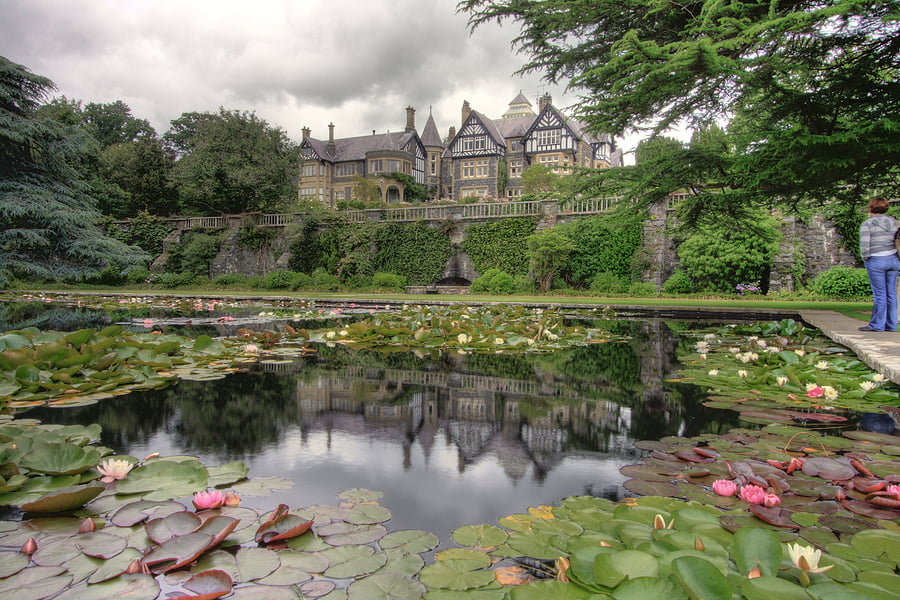
How To Help Nature In Your Garden
27th November 2021
Top Tips To Protect Your Pond, Plants And Fish This Winter
11th January 2022If you’re looking for ways to help support nature, then wildlife gardens are a great place to start. But with people opting for patios and decking, garden ponds are disappearing.
In the wake of the COP26 climate conference in Glasgow, many people are wanting to help increase biodiversity in their backyards and gardens and practice ethical gardening to help encourage wildlife to thrive.
By creating a pond and wetland area in the garden, you are creating a vibrant home for a diverse range of wildlife. If you have a pond, then you’ll know how amazing it is in spring to witness the appearance of fogs and toads, spring flowers, and dragonflies and mayflies, as well as butterflies and bees.
We look at some tips for adding water to your garden.
1. Put in a small wildlife pond
Even a small pond can become an amazing home for insects and water creatures, who, in turn, will attract other wildlife such as birds and hedgehogs.
Designing your point carefully means you can use it to provide nature with an amazing variety of wetlands all contained in a small area.
2. Choose plants to help amphibians breed
As well as looking good and helping to keep your pond clean, many plants are worth choosing for the specific havens they offer amphibians. Water lilies provide shelter for frogs and fragile tadpoles, while you can often find individual newts’ eggs tucked into water forget-me-not.
3. Invertebrates love wetland plants too
The flowers of Marsh marigolds provide essential food for bees, butterflies and other insects especially early in the year. Water mint can attract butterflies, and tall, strong emergent plants such as the Yellow flag iris will attract dragonflies and damselflies.
4. Make sure that small animals can get in and out
When building your pond, make sure the margins are reasonably broad and shallow – this will allow easy access for the animals, encourage stronger plant growth and provide warmer areas of water, which will speed up the development of tadpoles. If there is a raised edge, you can add in natural ‘steps’ with stones and longs to help the little creatures in and out.
5. Maintain your pond throughout the year
In spring, thin out and divide new plants, and in summer make sure the pond is topped up with water from your water butt, avoiding tap water if possible.
In autumn, skim off fallen leaves and compost, however, do not dump them next to the pond as nutrients will run off into the water and cause algae blooms.
In winter, clean out any leaf matter at the bottom so that it doesn’t decompose and release gases, causing hibernating amphibians to suffocate. During extended cold periods, try and keep snow off the surface of the pond so light can get through and help plants photosynthesise.
6. Buy a good variety of plants but avoid banned invasive plants
It is important to buy a good mix and density of different plants grown in the UK to encourage maximum biodiversity in your wetland garden throughout the season.
Avoid any banned or invasive non-natives such as for example Water fern (Azola filiculoides), Parrot’s feather (Myriophyllum aquaticum) and Curly water weed (Lagarosiphon major, often referred to incorrectly as Elodea crispa). Duckweed (Lemna species), which can be native or non-native, whilst not banned should also be avoided as it will quickly choke your pond. Avoid any retailer offering any of these plants for sale. Never discard any plants, native or otherwise, into the wild.
You do not need exotic plants to make your garden look attractive as once you’ve seen the gentle beauty of water forget-me-not, Marsh marigolds or Snake’s Head Fritillary, you’ll realise that these damp-soil or aquatics add amazing biodiversity to your little patch of nature. However non-natives can be equally beneficial and add richness and diversity so should not be overlooked.
Visit our website today for more information about pond plants.





